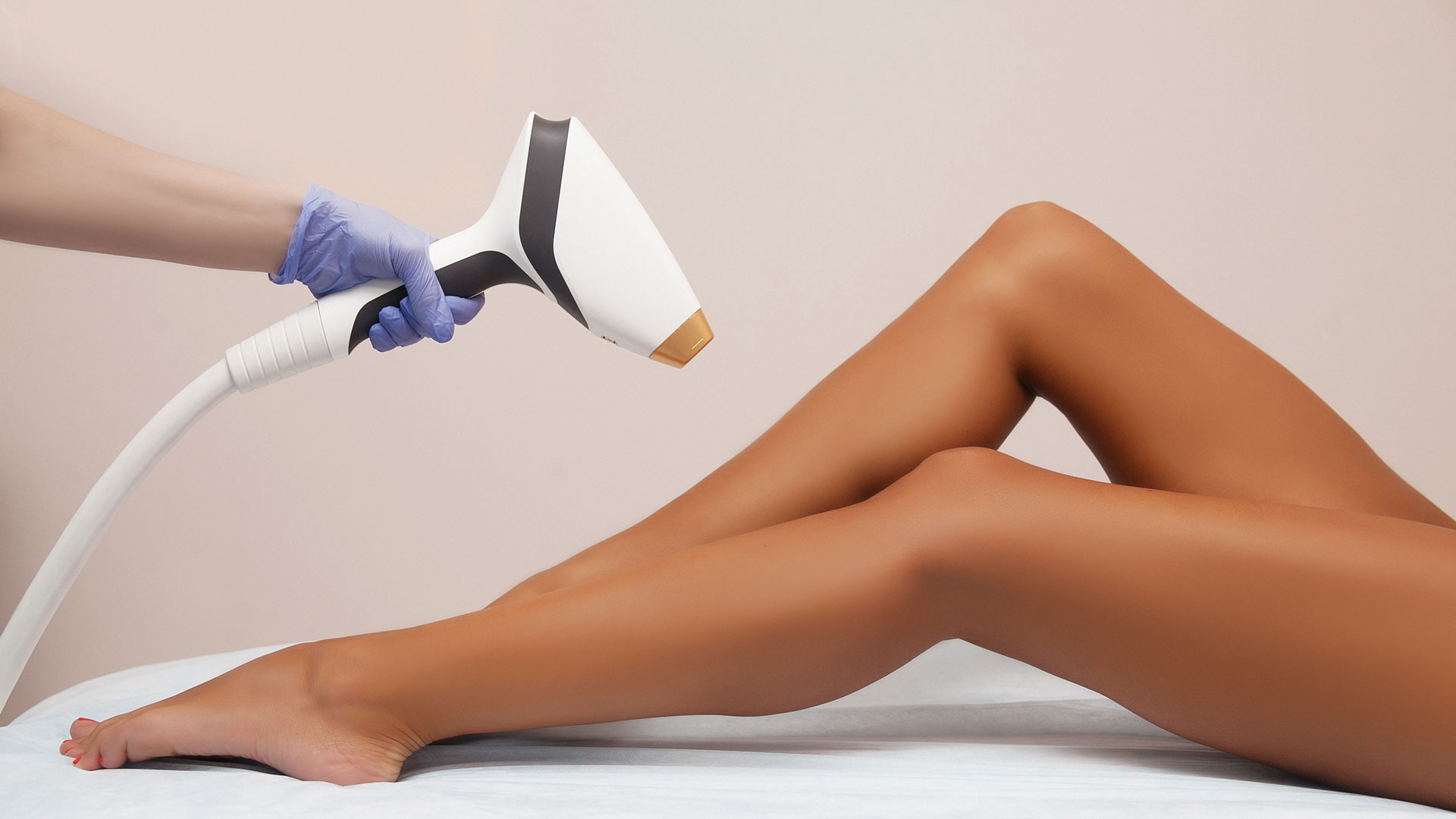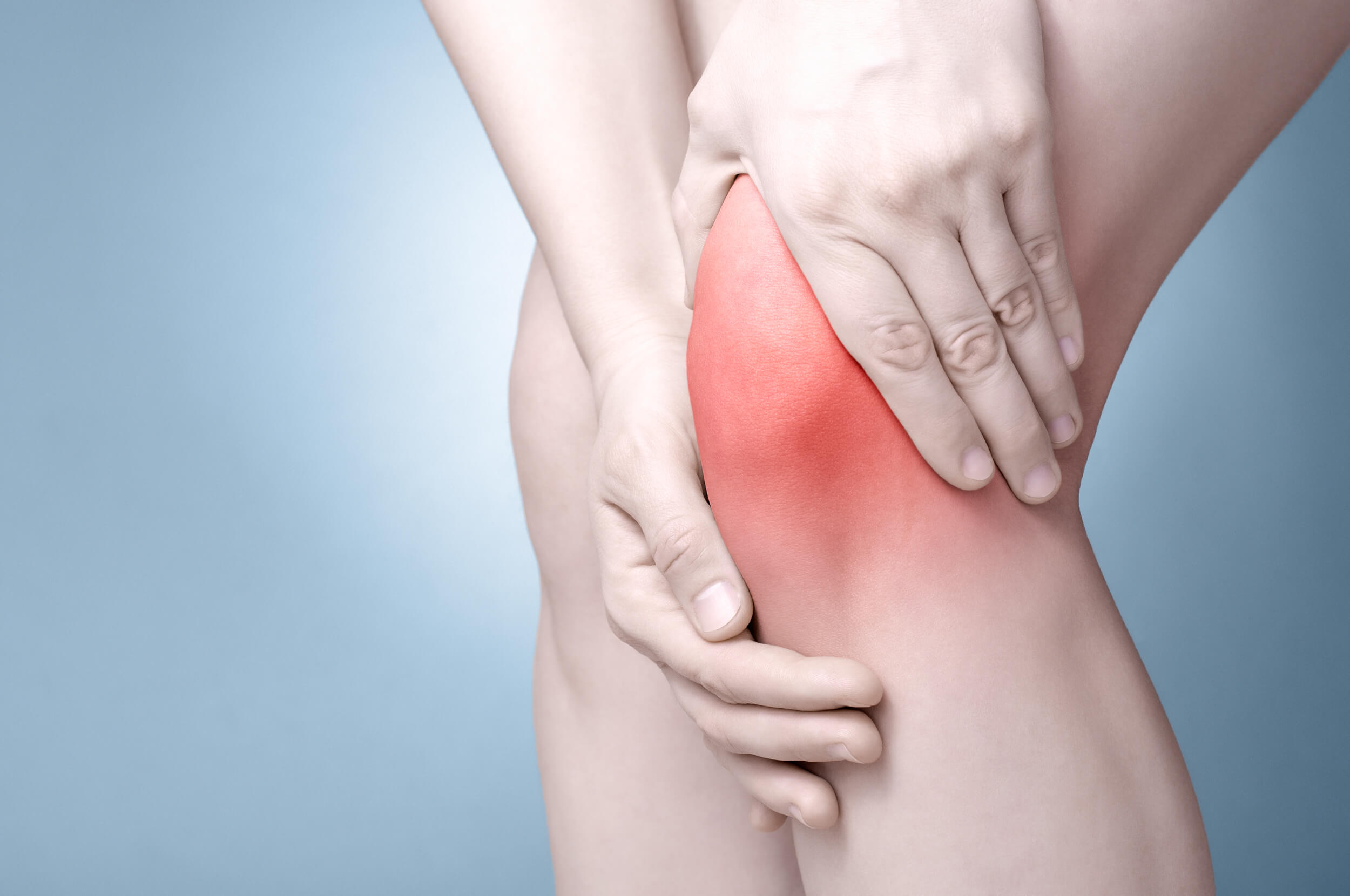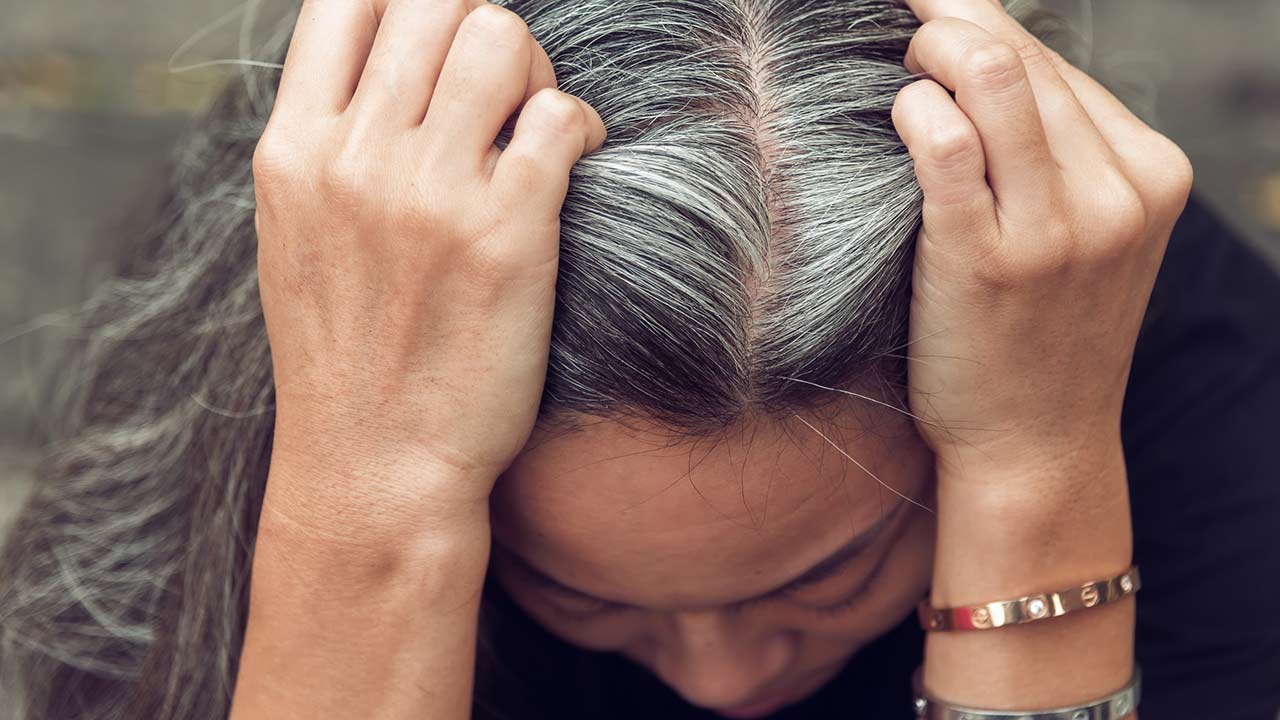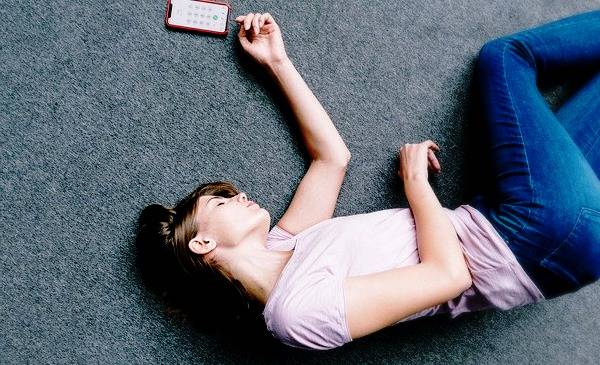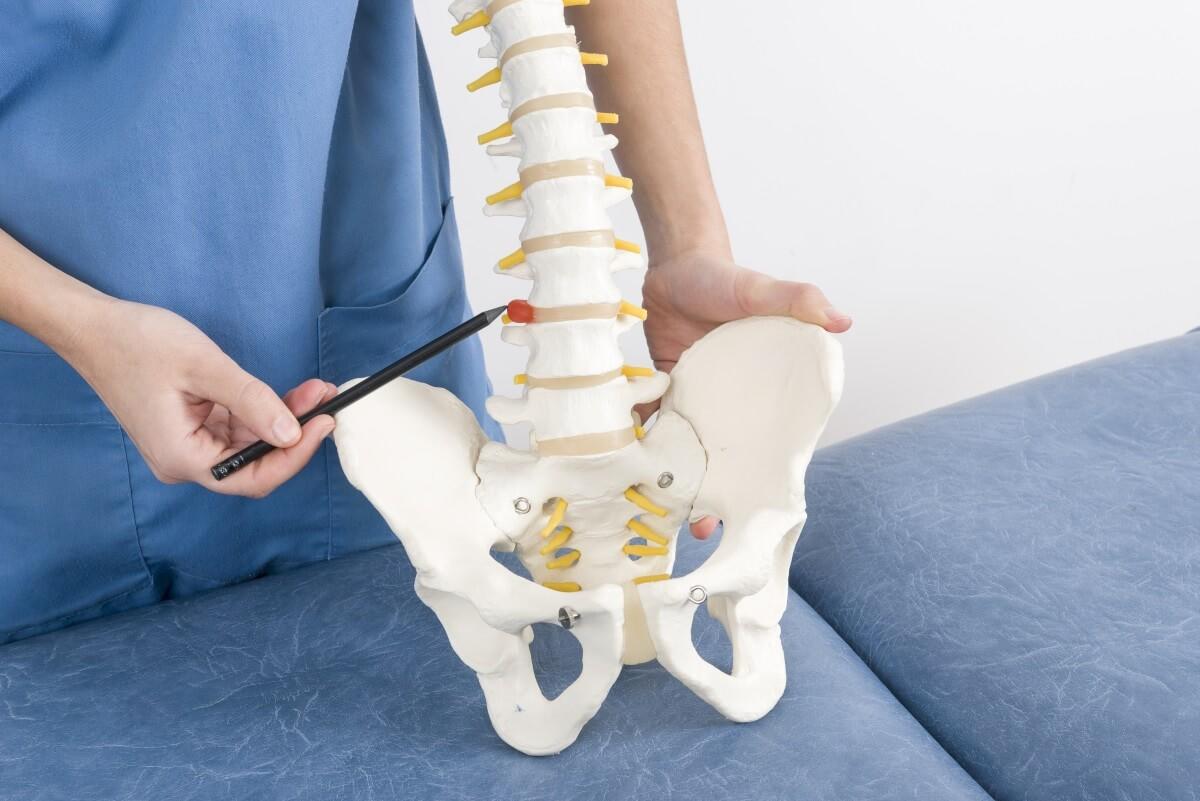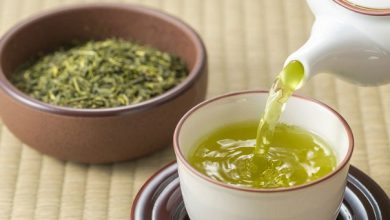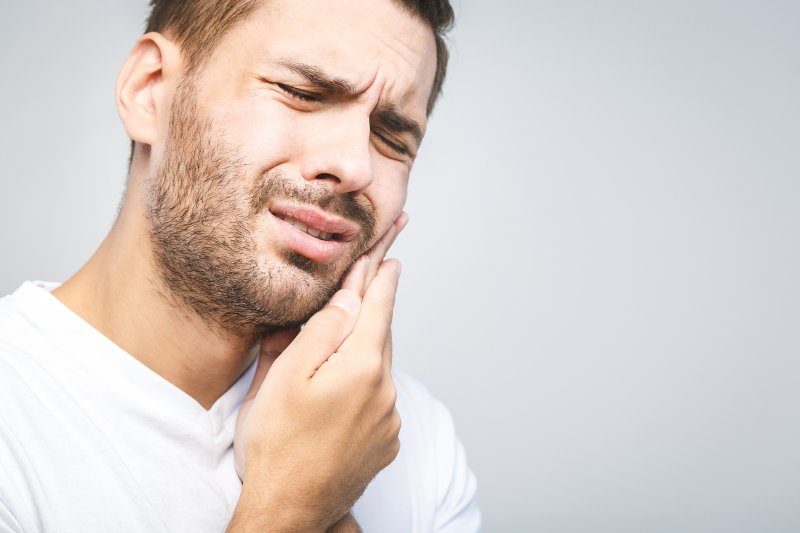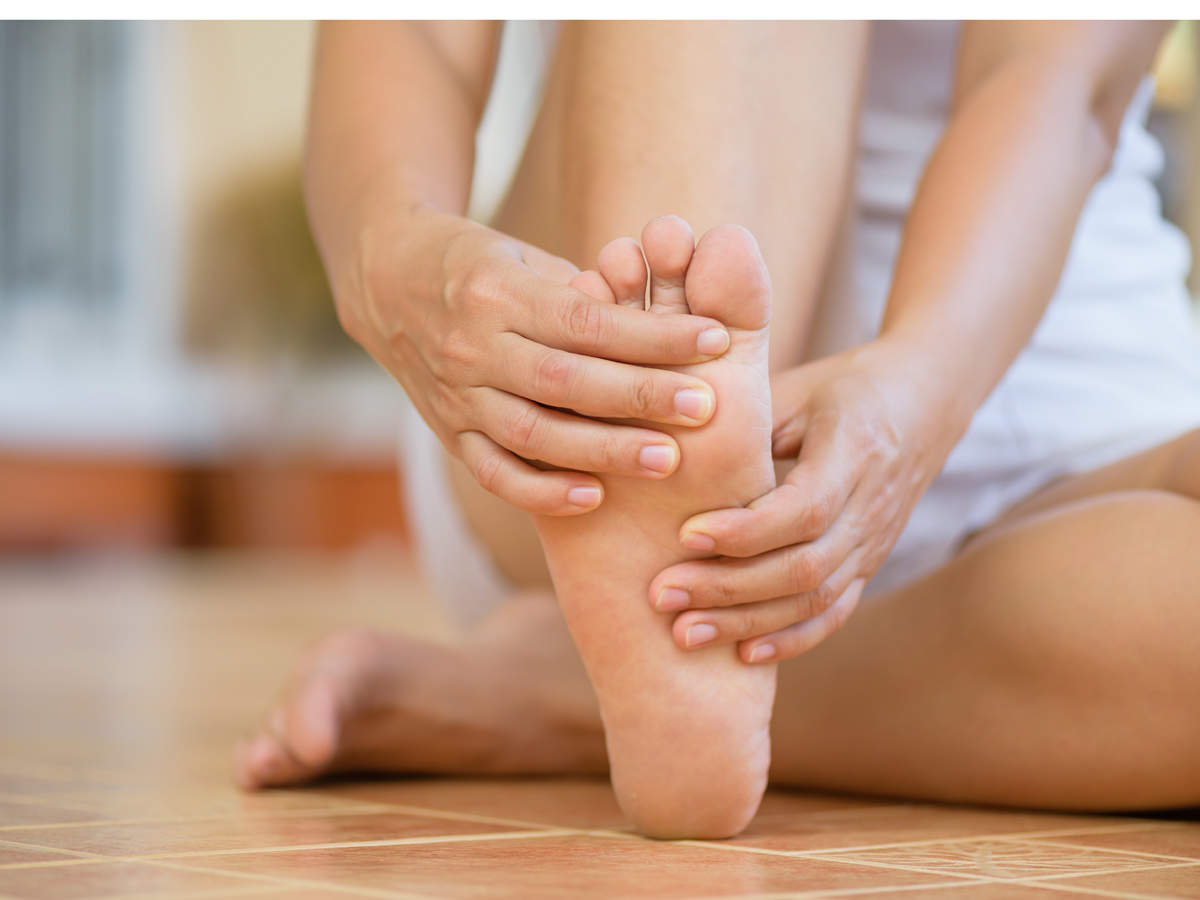What is a heel spurs? What are its causes and symptoms? What is its treatment?
Heel spurs are a calcium leak that causes the bone to form under the heel bone caused directly by prolonged pressure on muscles and ligaments. It is more common in overweight people and among athletes who run regularly. The disease develops over time. Sometimes the heel can grow up to two centimeters, and often the disease is asymptomatic, but sometimes it can be accompanied by intermittent and chronic pain. More than 90% of heel problems are usually treated with non-surgical methods, but if the heel is not treated and the pain is not reduced, surgery is necessary.
Causes of heel spurs:
Heel spurs occur when calcium deposits build up in the lower part of the heel bone, a process that usually occurs within a few months. The disease often occurs due to stretching of the foot’s muscles and ligaments, stretching of the plantar fascia, and frequent rupture of the bone marrow membrane. It is more common in athletes who are always running and jumping, and according to research by physiotherapists, it occurs in one in four people.
Age: Age, along with other factors, can cause heel spurs and is more common in older men and women.
Overweight: Obese and overweight people who stand for long hours may develop the disease.
Intense exercise: Intense exercise can sometimes lead to this pain. Running and jumping can cause heel and arch wear.
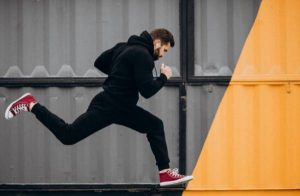
Flatfoot: If the Achilles tendon of the foot is not flexible, the foot’s shape can make the risk worse.
Improper shoes: The use of shoes without heels or high heels (exceptionally high heels and thin shoes) increases this disease’s risk.
Gait Disorders: Improper gait puts a lot of strain on the heel bone, ligaments, and nerves near the heel.
Activity on hard surfaces: Frequent walking, running, or jumping on hard surfaces can cause heel wear.
Heel injury: Heel damage and rupture of the membrane that covers it cause this disease.
Gender: Heel spurs are more common in women than men.
The following diseases can cause heel spurs, which include the following:
- Reactive arthritis or Reiter’s disease
- Rheumatoid arthritis (ankylosing spondylitis);
- Diffuse idiopathic skeletal hyperostosis;
- Swelling of the soles of the feet
- Risk factors associated with plantar fascia include:
- Aging, which reduces the flexibility of the sole and reduces the heel pad
- Diabetes.
- Standing on one foot.
- Intense physical activity.
Symptoms of heel spurs:
Heel spurs often have no symptoms, but if inflammation appears at the formation site, it can be accompanied by intermittent or chronic pain – especially when walking or running. In general, this disease’s cause is not related to soft tissue damage, and this soft tissue is called fascia.
Many people think of this disease’s pain as inserting a knife into the sole. The pain in the early morning after waking up and putting your feet on the ground is very severe, and during the day, the pain decreases slightly. Sometimes the pain disappears entirely during the day, but in the evening and night, the pain increases, and The feeling of pain immediately after sitting for a long time.
Diagnosis of heel spurs:
Heel spurs are not usually seen with the naked eye. Surgeons and orthopedists prescribe X-rays for accurate diagnosis and imaging, but the doctor examines the foot for signs of redness or inflammation before the tests and imaging.
Non-surgical treatments for heel spurs:
If you have heel pain that lasts for more than a month, consult a doctor, and he or she may suggest the following tips to reduce heel pain:
- Stretching exercises
- Use the right shoes
- Tightening of muscles and tendons
- Use of medical devices
- Physiotherapy treatment
- Night chip
Heel pain may respond to treatment with over-the-counter medications such as acetaminophen, ibuprofen, or naproxen. Still, in many cases, a functional orthopedic device can correct the causes of heel and arch pain, including biomechanical imbalance. In some cases, corticosteroid injections may be given to reduce inflammation in the area.
Heel spur surgery:
More than 90% of people get better with non-surgical treatments. If left untreated after a period of 9 to 12 months, you may need surgery.
Surgical techniques include:
Planting fascia
Disappearance of thorns
Preoperative tests are needed to determine the optimal options.
Postoperative recommendations
Rest, ice packs, and in some cases, patients may need to use bandages, splints, casts, or surgical shoes after surgery.
Possible complications of heel surgery:
Possible heel surgery complications include nerve pain, normal heel pain, numbness, infection, and ulceration. Also, despite plantar fasciitis, there is a risk of instability, leg muscle cramps, fractures, stress, and tendonitis.
Ways to prevent heel spurs:
Choose the right shoes with high heels. Avoid wearing flat shoes without arches or high heels for a long time.
Your shoes should be suitable for any activity; for example, wear appropriate sneakers when exercising.
Warm-up before exercising and do stretching exercises before any activity
If you are overweight, losing weight can help prevent heel spurs.

Home remedies for fasciitis or heel spurs:
Apple vinegar
Cut a towel in the shape of your foot and dip it in apple cider vinegar, then put it in your shoes. Be sure to keep the towel moist during the day. Follow this treatment for at least a week.
Alternatively, heat 1/2 cup apple cider vinegar in a pan and add it to a small bowl full of hot water, then place your feet in the pan for 5 to 10 minutes; this treatment twice in Repeat the day for 1 or 2 weeks.
You can also mix one tablespoon of apple cider vinegar and honey in a glass of warm water and drink it twice a day for 1 or 2 weeks.
Ice bag
Put a bottle of water in the freezer to freeze and place it under your feet for 10 to 15 minutes. Do this after intense activity and immediate pain.
Note: To prevent frostbite, do not put ice directly on your skin.
baking soda
Mix 1/2 teaspoon of baking soda and a little water to make a paste, then place the paste on your heel and cover it with a sterile gauze bandage. Repeat this treatment twice a day.
In the second method, mix one teaspoon of baking soda and two tablespoons of apple cider vinegar in a glass of warm water. Drink it twice a day to balance your body pH.
Epsom salt or sulfate
Epsom salt can soothe and relax the heel and can also reduce inflammation. Pour 2 to 3 tablespoons of Epsom salt in the hot tub, then place the affected heel in a container containing this solution for 10 to 15 minutes, gently massage your heel to reduce the pressure, and then apply a little moisturizer and Sleep.
coconut oil
Massage the affected area with warm coconut oil and leave it for a few hours to relieve pain and inflammation. Do this every day before bed so that you do not get upset in the morning.
You can also eat one tablespoon of coconut oil every morning.
Flaxseed oil
Heat 1/4 cup flaxseed oil in a saucepan and then place a cloth in the oil. Place this cloth on the affected area, cover it with a plastic piece, place a warm towel on the plastic for a few hours, and not move during this time. Use this method once a day to relieve pain.
Turmeric
Mix one teaspoon of turmeric powder in a cup of milk and then heat over low heat. Drinking this solution twice a day is useful for a quick recovery; you can also take 500 to 1000 mg of curcumin three times a day for about six weeks. Consult your doctor before starting a supplemental diet.
Alfalfa
Add 1 teaspoon of alfalfa seeds to 1/2 cup of boiling water. Put the lid on and let it boil for 20 to 30 minutes. Then strain the mixture and add a little honey to the solution. Drink this tea 3 or 4 times a day to relieve your pain and inflammation.
Borax
Borax effectively treats heel spurs because it helps maintain the hormones and minerals needed for bone health. To use borax properties, mix 1/2 teaspoon of borax with 4 cups of cold chlorinated water and then put your feet in this solution for 30 minutes before bed and repeat daily for several weeks.
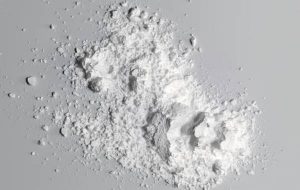
Special exercises for the treatment of heel spurs:
Sports towels
This is the best exercise to treat this disease. You should spread a towel on the floor and try to bring the towel closer using your toes.
Belt exercise
This exercise is a good alternative for heel spurs and other problems that may appear on your feet. Sit on the floor, straighten your back, and put your feet in front of you. Place one side of the belt at the end of your foot, and pull the other side by hand. After that, you should pull the belt towards you while pulling the belt with your foot to the opposite side. Do this for about 20 seconds, and you should do 25 sets 2 to 3 times a day.
Balls and sports
In this sport, you have to put a small ball under your feet. It is useful for this problem and swelling of the sole, so rotate the ball under your feet. By doing this, you can massage your feet and relax. To complete this exercise, press the ball, bringing it to your fingertips and heels.
Roll the water bottle to reduce your pain
For this exercise, you have to freeze a bottle of water, then place it on the ground, cover it with a towel and step on it. Do this for at least 5 minutes and repeat at least three times a day. This stretching exercise helps reduce pain because the cold acts as a local anesthetic.
There are two types of heel spurs:
Corticosteroid injection to treat heel spurs
Corticosteroid injections help reduce heel spur pain. Cortisone is a steroid that reduces the pain of heel spurs, and you should know that steroid injections can increase the chance of tendon rupture.
Acupuncture
Acupuncture can also relieve pain and inflammation. The use of acupuncture with Chinese methods treats and reduces the pain of this disease.
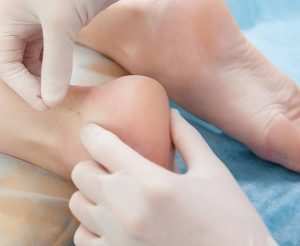
Additional tips and tricks for people with heel spurs:
- It is essential to wear the right shoes to protect your feet.
- Avoid wearing inappropriate, tight, or inadequate shoes.
- Have the right weight.
- Follow a diet rich in vegetables, fruits, and whole grains.
- Remove the pressure from your heel.
- Let your feet rest; rest is essential for quick recovery.
- Keep your legs up when resting.
- Never walk barefoot, especially on hard surfaces.
- Always protect the soles of your feet with cushions.
- Stretch your legs in the morning before getting out of bed.
- Avoid standing for long periods.
- Use calcium and magnesium supplements after consulting your doctor.
- You can also take 1000 mg of omega-3 fatty acid supplements twice a day or 500 mg of ginger tablets 2 or 3 times a day.
- Put the injured heel in the morning sun to help it heal quickly.
- Reduce stress because it can make things worse.
- Yoga and meditation can also be beneficial.
Also Read:
Properties and benefits of Beetroot for health and beauty
Foods that are trans fat and harmful to the heart
All the properties, benefits, and side effects of potatoes for health and beauty

